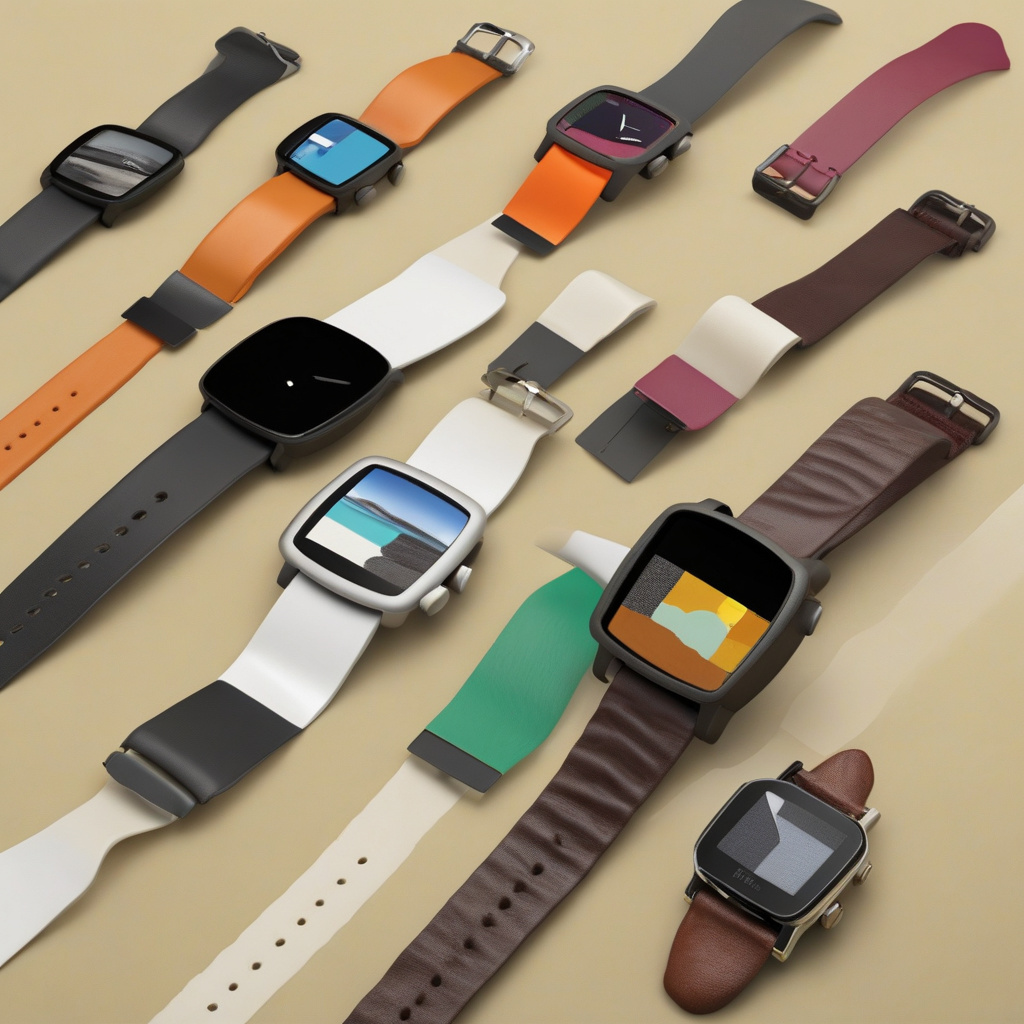The Pebble smartwatch, once a beloved wearable device, is poised for a remarkable resurgence. With Google’s recent release of the PebbleOS source code, developers worldwide are being beckoned to contribute to this open-source project. This move comes on the heels of Google’s acquisition of Pebble’s intellectual property through its purchase of Fitbit in 2021, which originally obtained the rights from Pebble back in 2016.
This development signifies a pivotal moment for the Pebble community and smartwatch enthusiasts alike. The opportunity to breathe new life into the Pebble ecosystem through collaborative efforts underscores the enduring appeal of this innovative technology. By opening up the PebbleOS to the developer community, Google has paved the way for a wave of creativity and innovation to sweep through the smartwatch landscape.
The implications of this open-source initiative are vast and far-reaching. Developers now have the chance to leverage their expertise and creativity to enhance the Pebble experience, crafting new features, functionalities, and enhancements that cater to a diverse array of user preferences. This collaborative approach not only revitalizes the Pebble brand but also fosters a sense of community and shared purpose among developers worldwide.
Moreover, the revival of the Pebble smartwatch through open-source contributions signifies a shift towards democratizing technology and fostering inclusivity within the wearables market. By inviting developers to actively participate in the evolution of PebbleOS, Google is empowering a new generation of innovators to shape the future of smartwatch technology. This democratization of innovation ensures that the Pebble smartwatch remains at the forefront of technological advancements, offering users cutting-edge features and functionalities.
As developers embark on this journey of revitalizing the Pebble smartwatch, they have the opportunity to showcase their skills, collaborate with like-minded individuals, and make a lasting impact on the wearable technology landscape. Whether it’s optimizing battery life, improving connectivity, or introducing new health and fitness features, the possibilities for innovation within the PebbleOS framework are endless.
In conclusion, the Pebble smartwatch revival through open-source contributions heralds a new chapter in the evolution of wearable technology. With Google’s release of the PebbleOS source code, developers are poised to drive innovation, creativity, and collaboration within the smartwatch community. As we witness the resurgence of this iconic device, one thing is clear—it’s time for developers to seize this opportunity, contribute their expertise, and shape the future of the Pebble smartwatch ecosystem.

